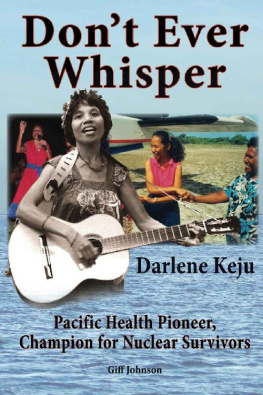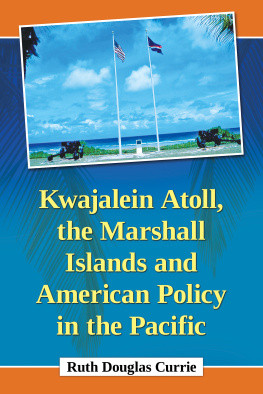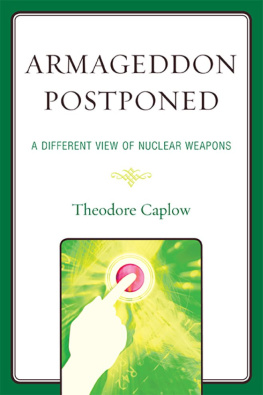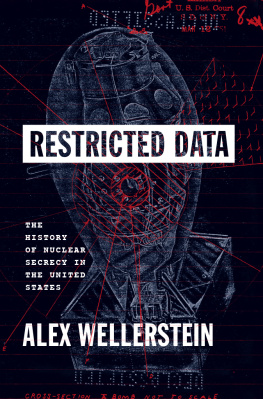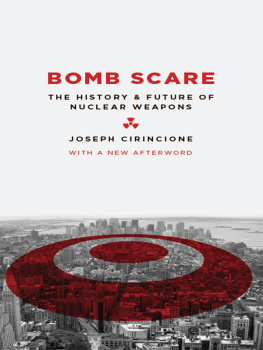Dont Ever Whisper

Darlene (left) on Bokanake Island, Jaluit Atoll, 1992.
Darlene Keju
Pacific Health Pioneer,
Champion for Nuclear Survivors
Giff Johnson
ISBN-13: 978-1489509062
Dont Ever Whisper
Copyright Giff Johnson 2013 . All rights reserved. Use or republication of any part of this book without approval of the author is prohibited.
Visit the website: http://www.donteverwhisper.com/
Front cover photos:
Darlene playing guitar : orals presentation for her masters degree in public health, University of Hawaii, December 1983; Shaking hands: Likiep Atoll, 1992; With microphone: leading a Showtime performance, Majuro, 1994.
Back cover photos:
Darlene with bullhorn: leading health program for Wotje Atoll children and community, 1992; At microphone: speaking at opening of Youth Health Center on Wotje, the first youth facility of its kind on an outer island, 1995.
Cover design: Karen Earnshaw.
* * * * * * * * *
About the author: Giff Johnson has lived in the Marshall Islands since the mid-1980s. He edits the weekly Marshall Islands Journal and is a regular contributor to several regional news media. His previous books include Collision Course at Kwajalein: Marshall Islanders in the Shadow of the Bomb (1984) and Nuclear Past, Unclear Future (2009).
For Darlene Keju and Matiti Rakin:
T wo extraordinary Marshall Islanders who have enriched my life beyond measure, and without whom this book would not have happened.
* * * * * * * * *
Jiaban: You see, Lang? You see what happens when you forget who you are? We need the bwebwenato, the old stories. We need them to feed us full of life and laughter, so we stay together and celebrate who we are.
Lang: I dont care about the stories.
Jiaban: Then our children are dead to us.
And the People Spoke Music: Stories of the Marshall Islands, a play by Daniel A. Kelin, II, 1996.
Table of Contents
: This isnt a project its a way of life
: The real me
: From shame to pride
: Life changes and family tragedy
: A transformational trip to the Marshalls
: A personal commitment to nuclear victims
: Why dont you go to nursing school?
: An unusual wedding on Wotje
: On the same ground with gusto
: For the benefit of the Marshallese
: A global platform
: Four Vitamin Cs for the return
: The opportunity of a lifetime
: Ready for liftoff
: Jodrikdrik nan Jodrikdrik ilo Ejmour
: New horizons for youth
: European partners back YTYIH
: These guys are all right
: Change agents push the message
: Citizen Keju
: Focus on the outer islands
: An enabling environment
: It wont work
: An unusual encounter
: Small island living
: Just wait for these people to die
Foreword
Why speak when you can sing? Why walk when you can dance? Why not make education fun for the people youre serving? These are the questions Darlene Keju asked as she launched her renowned Youth to Youth in Health Program in the Marshall Islands. But the questions didnt end there.
Why let the young watch from the sidelines when you can bring them along for the ride? So she did, fashioning a group of Marshallese educators from an age group who would have been cautioned to keep their eyes open and their mouths closed. After all, they didnt have the respect that age brings in their culture.
Why inhabit one world when you can be a citizen of two? To garner the support she needed for her program, Darlene had to undergo a personal transformation from a schoolgirl who sat in the back row hoping she wouldnt be shamed in class to an ambassador for her culture and her program on the international stage.
Why settle for being a spectator when you might be able to change the world? Or at least one small piece of it? This book is a story of a personal transformation of a young lady who once knew little English to an advocate for her people, the victims of the weapons of war. Then the further transformation to educational innovator, whose program had far-reaching effects throughout her island nation.
As she lived and worked, Darlene didnt just touch lives, she molded them, as the personal testimony in this book makes clear. She began to transform her own society as well. Somehow she persuaded island people to overcome strong cultural inhibitions so they could address the sexual matters that were doing damage to young lives.
Not only that, but she gave young people the wherewithal to disarm the censorious with song and laughter. As she did, she was also helping the young find the confidence, and the voice, to do all this in public. Sometimes this kind of magic can only be worked with an ukulele or guitar in hand.
This book is more than a biography. Its a love story, written by a man who idolized the woman he married. But its also the tale of a woman who loved her people, seeing them as so much more than victims of nuclear irradiation and colonial despoilment. For those of us who have cheered on island Micronesia through the years, its a welcome change to read a tribute to someone who is home grown. Although no saint or flag-waver, Darlene shared with Mother Theresa and Greg Mortenson (of Three Cups of Tea fame) the courage to dream daringly along with the commitment and patience to settle for one step one family, one atoll at a time.
Darlene left her work unfinished upon her early death. But then again, if she had lived to ninety it still would be unfinished. But her legacy was a can do spirit and an insistence from the very beginning that its up to her people to take the work a few steps further. You cant just sit in the back row and watch whats happening. Get up and dance, she kept urging. You can help remake the world. Que sera sera is not ebwe (enough) passive acceptance just wont cut it.
Francis X. Hezel, SJ
Preface: Its not a project its a way of life
Darlene struck me as the kind of person who saw herself as perpetually on a mission to tell the world about the effects of the nuclear fallout on the Marshallese people and to achieve a just settlement for this and lasting peace for the world. Then, to empower Marshallese youth to educate others to deal with the changed social environment and its problems that they found in their islands .
Francis X. Hezel, SJ
This story is about taking risks and a passion for change. It is about the desire of one young woman from a small Pacific island to gain an American education despite disadvantages of language and resources, and to use that education first to expose to the world a US government cover up of the damage caused by nuclear testing in her islands, and later to motivate and inspire young Marshall Islanders to make changes in their personal behavior that transformed the health of their communities. It is about her pride in her heritage, her understanding that to be successful, the solutions to the problems faced by Marshall Islanders had to be home grown but with a keen awareness of the world outside. It is about her recognition that many of those solutions were within the peoples grasp but they had been abandoned or were being ignored as a consequence of rapidly encroaching westernization. This story is about how she used under-appreciated skills and knowledge as tools to successfully tackle problems created by social change. Hers was a philosophy that learned from the outside world to better appreciate her own, and demonstrated to communities in the Marshall Islands the essential connection between a healthy cultural identity and a healthy country.

